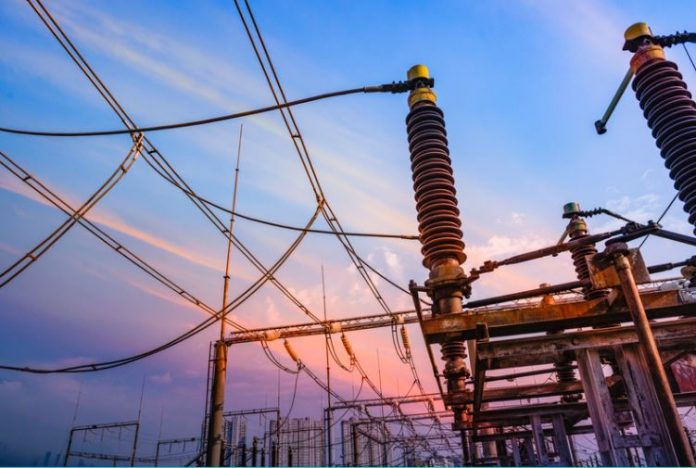Table of Contents
Electricity College students usually deal with various essay types, including science, environment, social norms, global warming, etc. That’s why they intend to look forward to professional essay help from reputed academic writing providers. When it comes to science, students actually get scared and require professional service.
Not every student takes up a complicated topic like electricity. In this writing, we have come up with a brief explanation of electricity and how it is delivered to all our homes throughout the city. So, if you are dealing with a subject like electricity and its complex network, you have landed on the right page. Please go through this well-versed explanation.
Overview
Electricity is one of the vital topics in Physics, and students from high and secondary school should have the basic concept. Electricity is generated at power plants, and indeed it has a complex system. Sometimes, this complex system is called gird. The local grids are connected for commercial aspects, forming large and good dependable network areas to enhance the coordination and planning of the electricity delivery process. You may possibly think why this electricity system is so complicated.
This is because the entire grid system contains hundreds and hundreds of high-voltage electric supply lines and millions of distances of low-voltage power lines with distributive transformers. It connects millions of power plants to hundreds of millions of low-voltage power lines with distributing transforms.
Electricity- this one complicated topic consists of electricity substations, transformer and power circuits, and lines that help to connect electricity producers and consumers. Undoubtedly, electricity is transported to consumers through a multifaceted network. But, factually, the supply of electricity is the final stage of the electricity’s long journey. It starts with generating plants and concludes with the consumer.
Where did the electricity come from?
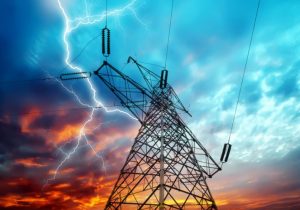
This is the essential question students ask as they don’t have any idea about the origin of electricity. Electricity starts with generation. The primary source of electricity is usually a natural gas-fired electric plant or a coal-fired plant. When it is generated, the electricity comes over high-voltage transmission lines that are looped along with metal lattice towers and, in some other cases, over great distances or miles.
How To Prepare Electricity For Delivery
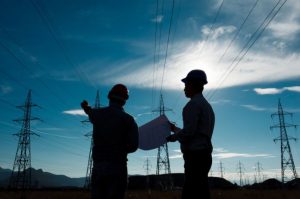
The Megavolts or MV on the transmission or overheated lines are heading for distribution centers based on regions. From these distribution centers, the lines are sent on their final supply route by overhead power lines. Finally, the current must be sent through a transformer to lower the voltage.
What is the process of delivering electricity?

The power plants generate electricity, delivered to consumers through transmission and distributive overhead power lines. There are two kinds of transmission lines in the electricity supply- high voltage transmission lines and lower voltage transmission lines.
High voltage transmission lines are strung between all-metal towers and carry electricity over long distances to meet consumer needs.
As you should know, high voltage electricity is more effective and less costly for long-distance electricity transmission. Low voltage electricity is a safe and secure option for use in homes, companies, and other small businesses. There is a huge role of transformers in electricity submission. Transformers increase or reduce the voltage supply to adjust to the different levels of the electricity journey from the power plant to locations.
What is the significance of the transformer?
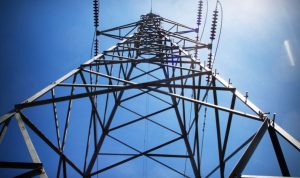
Before the electricity is sent out on power lines, the current is lowered to a range of 12,000-24,000 volts. When it gets to your neighborhood areas, it passes through a small transformer or transformer unit. It is nothing but a box you can see on the top of the electricity poles and power again to 200-230 volts. It’s vital to remember that before transmission, the electricity was elevated to 70,000 to 760,000 volts. This is because higher voltages need less energy for transmission, so it’s more resourceful that way.
Most home appliances like juicers, toasters, fans, washing machines, lights, or air conditioner units only use 120 to 250 volts. But, of course, every house needs full-strength electricity to sustain their daily work. From there, the electricity arrives at your house, entering through the meter on the side of your home.
What are the challenges of a power grid and its solutions?
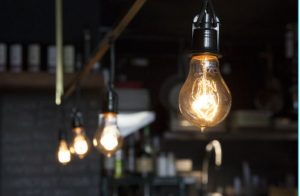
Electricity is one of the powerful resources, and we should not waste this energy anyway! However, due to the high, increasing demand and growth in popularity, there are several challenges power grid operators face today.
1. The Rising Amount of Renewable Energy Sources
According to the current report, it is announced that renewable energies will cover 60% of generated energy like solar energy by 2050.
2. Electricity Transmission Losses
Electricity travels through long distances increases the temperature within lines, and that’s why it causes energy loss significantly. That’s why the consumers have to suffer and pay for this.
3. Power Outages
There are two common causes of a power cut or blackouts- extreme weather conditions like cyclones or tornados or suddenly worn power lines. There are many areas in suburban where this is severe power cases outages happen.
What are the basic terms of electricity students should know?
- Alternating current/ AC: the current that reverses directions at regular intervals.
- Transformer: An electrical device that can increase or lower electricity’s voltage and current.
- Direct current/DC: The current flows in the same direction
- Blackout: Over-all loss of electric power from the power distributor.
- Atom: The smallest unit of matter.
- Circuit: The route is followed by a flow of electric current. It can be AC/DC.
- Battery: A single or large of connected electric cells that produce direct current.
- Charge: Electricity produced by an increment of protons in an object.
- Distribution Lines: Overhead power lines that carry electricity through cities.
- Electricity: The particular flow of electrons.
- Insulator: Any object that will not allow electricity to flow through easily.
- Load: An electrical device that uses electric power.
- Ohms: The electrical resistance unit of measurement of an object or material.
- Power Factor: Ratio of watts to volt-amperes.
- Resistance: The resistance to the flow of electricity through a material.
- Solar Energy: Solar Energy is produced by the sun’s light.
- Volt: Unit of measurement of force used to produce an electric current.
- Watt: A unit for measuring electricity.
Conclusion
If you thoroughly read this blog and understand the terminologies mentioned above, you will use this writing as a resource. Don’t miss any point discussed here if you are about to start your electricity essay on this topic. Take help from your teacher and write down the essential factors and terms related to electricity.

